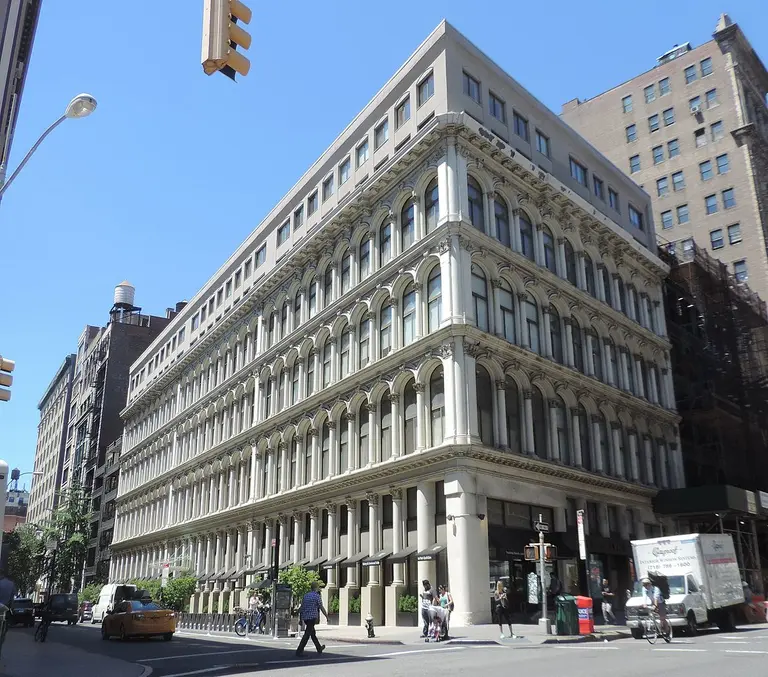
Photo of 801 Broadway by Jim Henderson via Wikimedia Commons
From Mark Twain and the Lovin’ Spoonful to Tech Hub: The overlooked history of Union Square South
See the full list

Photo of 801 Broadway by Jim Henderson via Wikimedia Commons
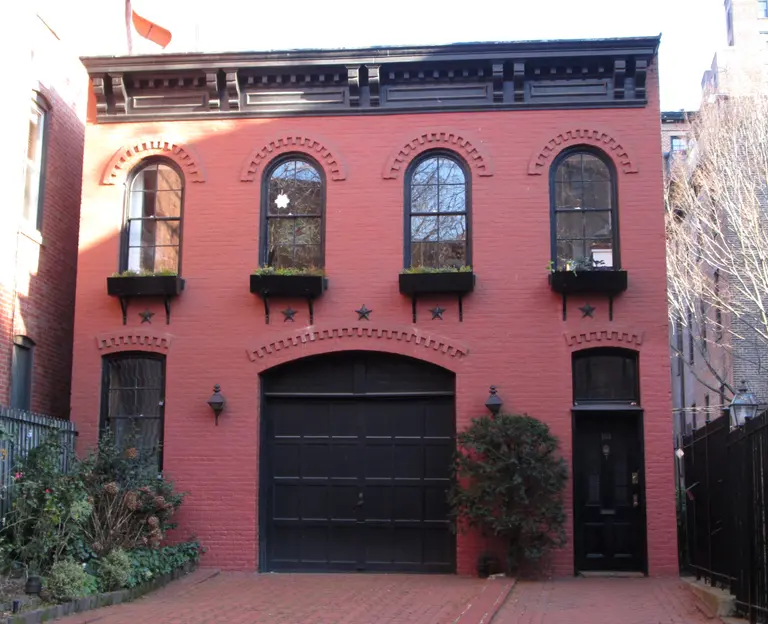
Via Wiki Commons
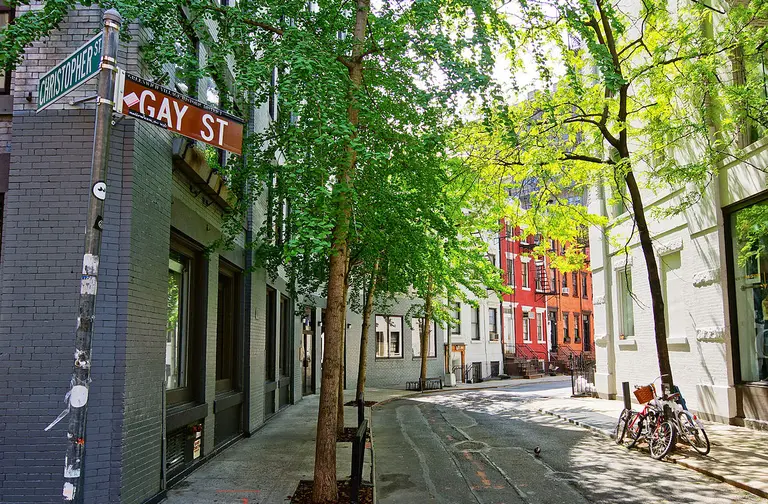
Southward view of Gay Street via Wiki Commons
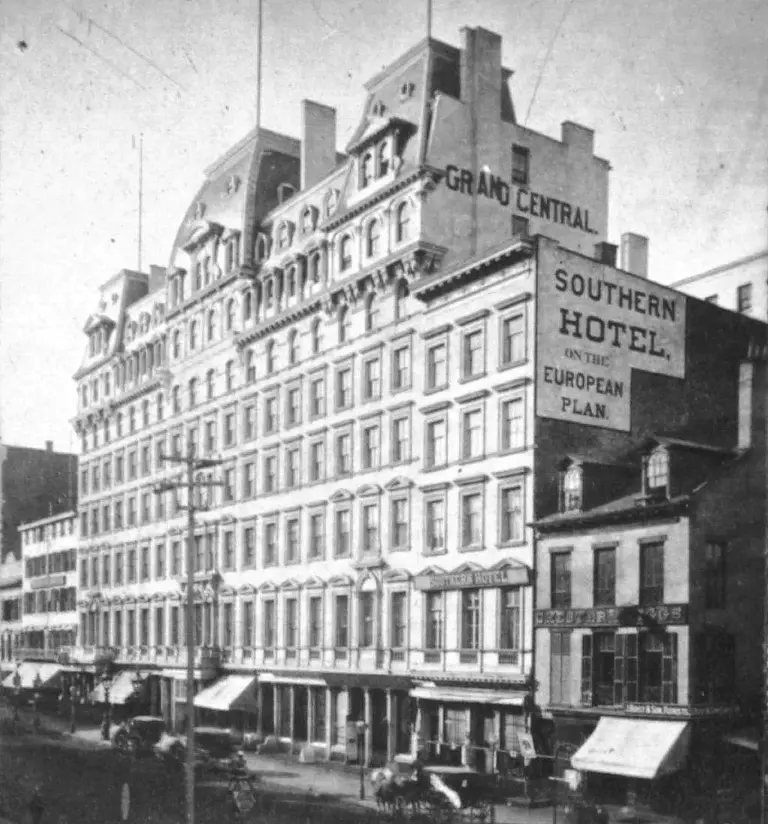
The Grand Central Hotel in the late 1800s, via Wiki Commons
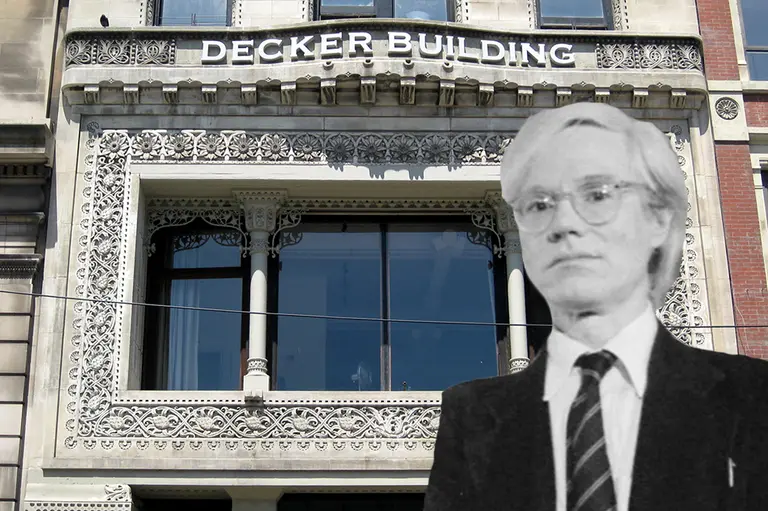
Photo of the Decker Building via Wally Gobetz on Flickr; photo of Andy Warhol via Wikimedia
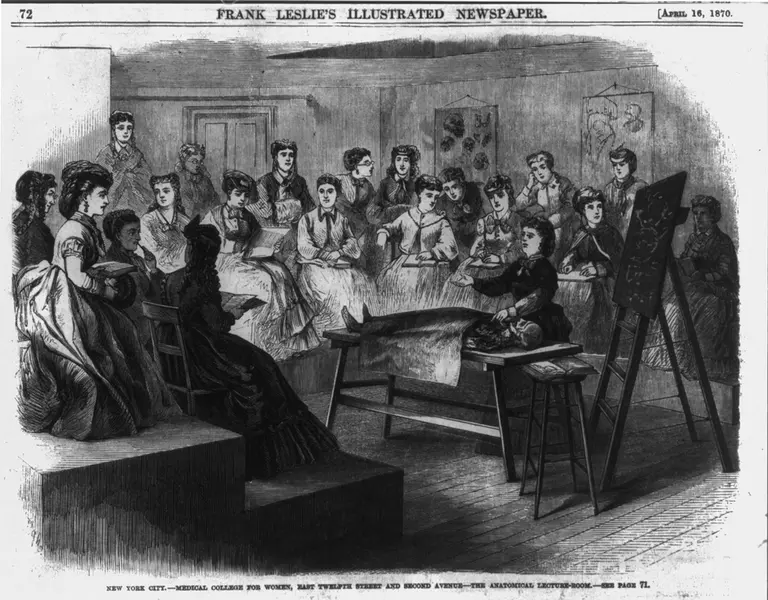
An 1870 newspaper illustration of Elizabeth Blackwell giving an anatomy lecture alongside a corpse at the Woman’s Medical College of New York Infirmary. Courtesy of the U.S. Library of Congress.
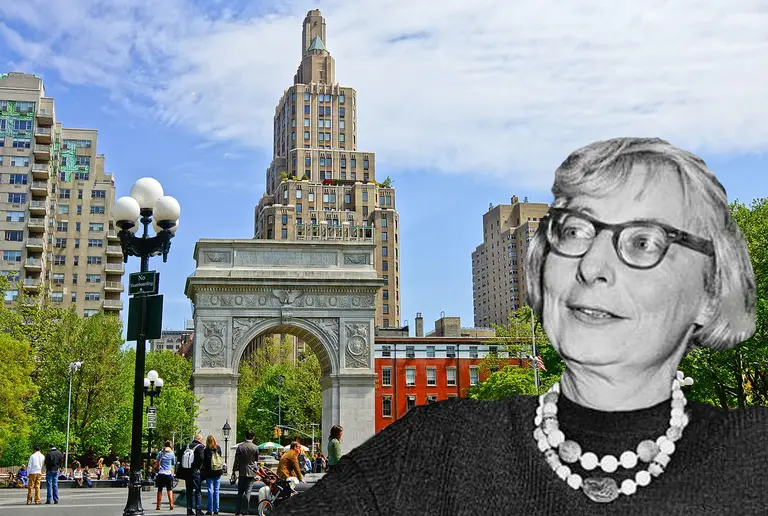
Washington Square Park via Wiki Commons; Jane Jacobs via Wiki Commons
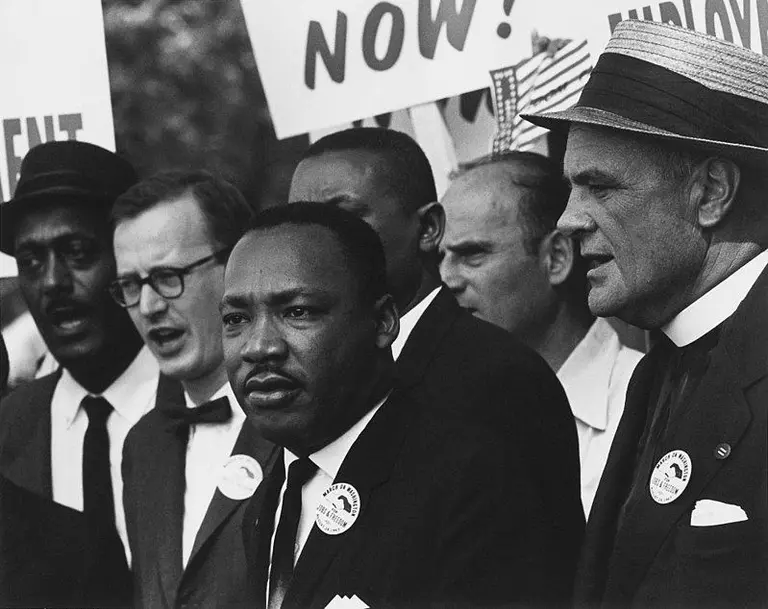
Martin Luther King Jr. at the 1963 Civil Rights March on Washington, D.C. via Wiki Commons
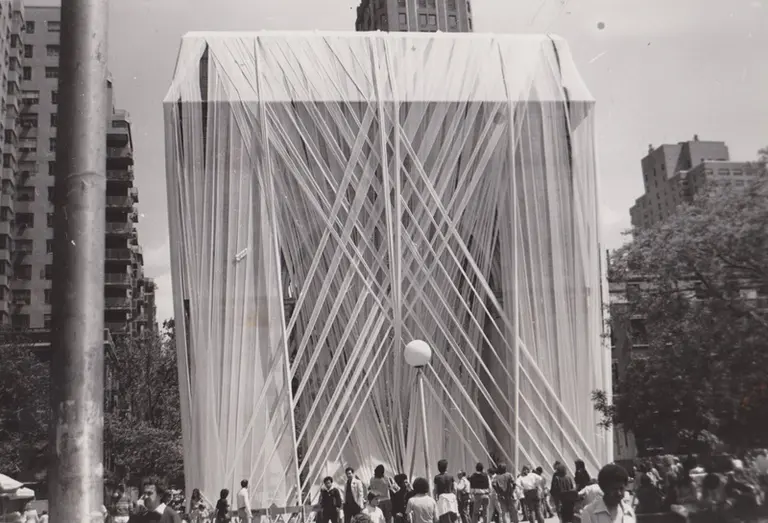
Washington Square Arch wrapped by artist Francis Hines, 1980 © Greenwich Village Society for Historic Preservation/Carole Teller
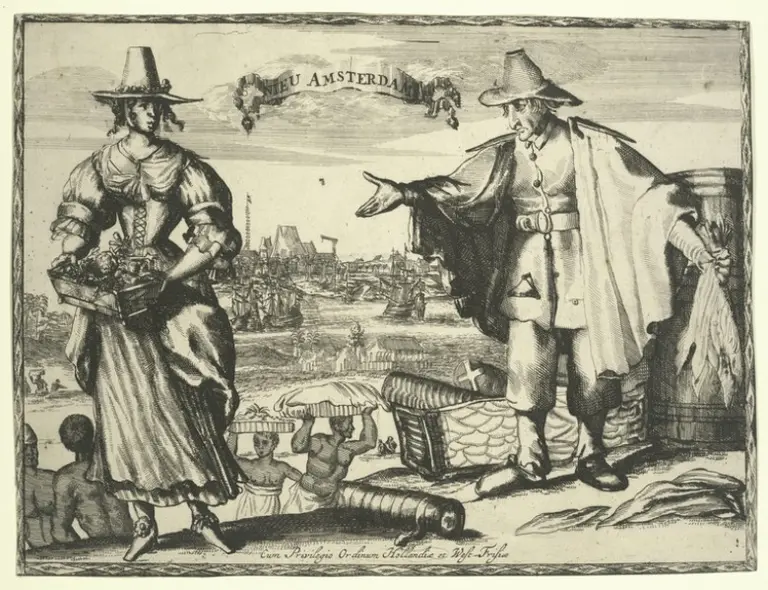
Image via Wikimedia
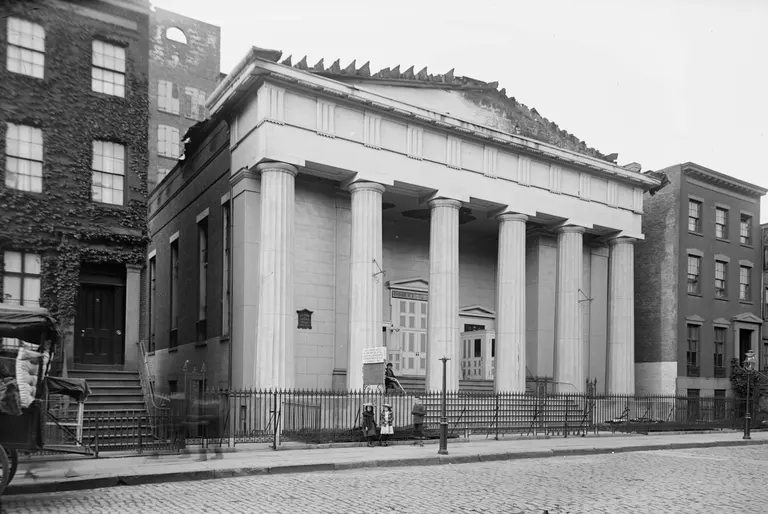
The Thirteenth Street Presbyterian Church in 1902, courtesy of the New-York Historical Society, Robert L. Bracklow Photograph Collection
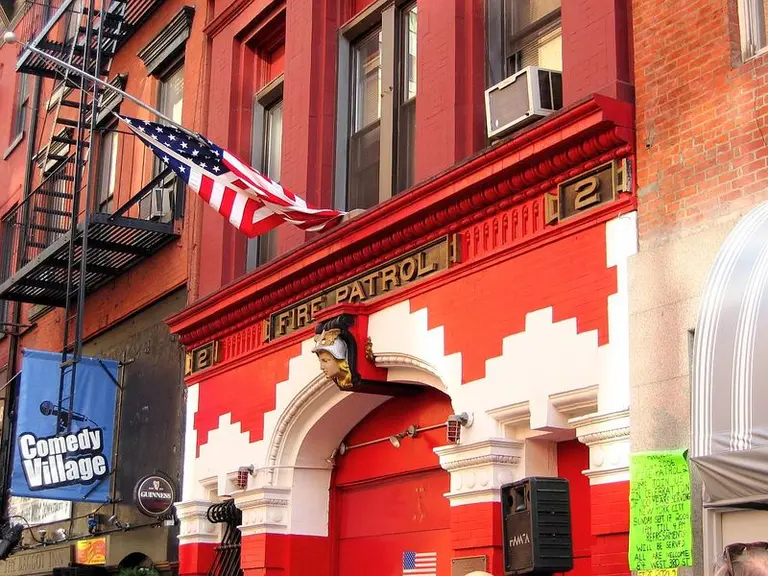
Fire Patrol #2 in 2009, via Greenwich Village Society for Historic Preservation Image Archive
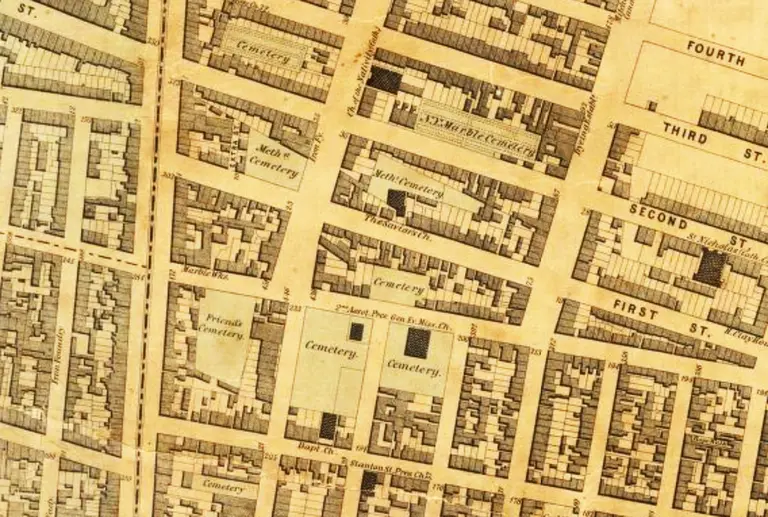
Zoom of the 1852 Dripps map of Manhattan, showing the proximity of downtown cemeteries, via David Rumsey Map Collection
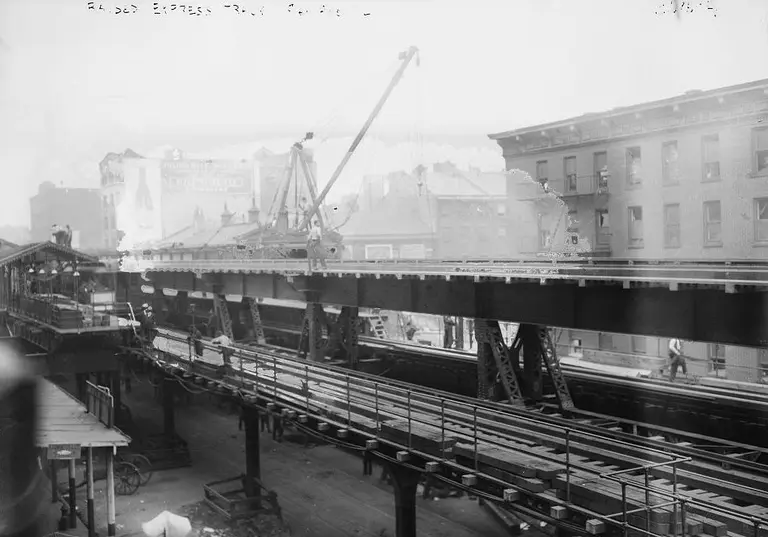
The Ninth Avenue El near 14th Street c. 1914. Via Bain Collection, Library of Congress.